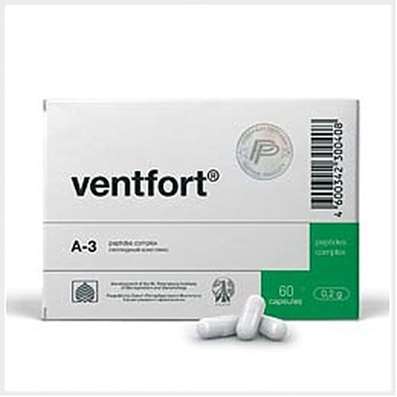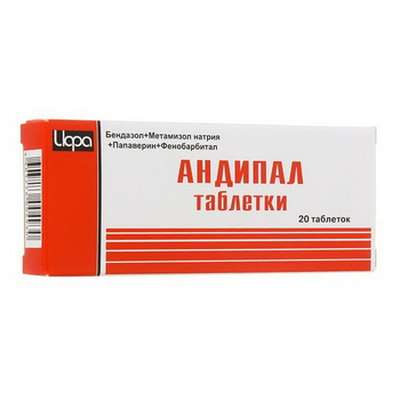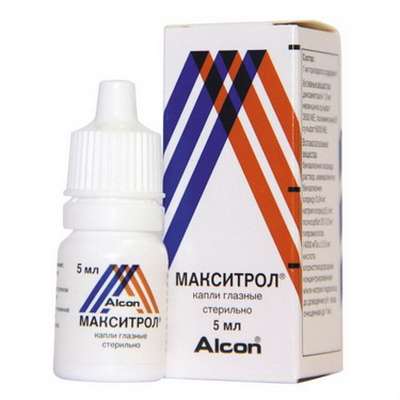Instruction for use: Gordox
I want this, give me price
Dosage form: Solution for intravenous administration
Active substance: Aprotininum
Indications
Prevention of intraoperative blood loss and reduction of the volume of blood transfusion during aortocoronary bypass surgery using the device of artificial circulation in adult patients.
Pancreatitis (acute, exacerbation of chronic), pancreatic necrosis. Perform diagnostic studies and operations on the pancreas (prevention of enzymatic autolysis of the pancreas during surgery on it and a number of located organs of the abdominal cavity).
Bleeding against hyperfibrinolysis is post-traumatic, postoperative (especially for operations on the prostate gland, lungs), before, after and during labor (including embolism with amniotic fluid); Polymenorrhea.
Angioedema.
Shock (toxic, traumatic, burn, hemorrhagic).
Extensive and deep traumatic tissue damage.
As an auxiliary therapy - coagulopathy, characterized by secondary hyperfibrinolysis (in the initial phase, before the effect after the use of heparin and the replacement of coagulation factors); Massive bleeding (during thrombolytic therapy).
Conduction of extracorporeal circulation.
Prevention of postoperative pulmonary embolism and bleeding; Fat embolism with polytrauma, especially with fractures of the lower extremities and bones of the skull. The use for the treatment of children has not been studied.
Prevention of postoperative mumps.
Contraindications
Hypersensitivity to aprotinin; Patients who have antibodies (IgG) for aprotinin or have established the use of aprotinin for the previous 12 months if it is not possible to detect antibodies (IgG) to aprotinin; Sharply expressed allergic reactions (including on the protein of cattle); Syndrome of disseminated intravascular coagulation (with the exception of the coagulopathy phase); Pregnancy (I and III trimesters); Period of breastfeeding (safety and efficacy not established); Age to 18 years (safety and efficacy not established).
Application in pregnancy and lactation
The action category for fetus by FDA is B.
Clinical studies on the use of aprotinin in pregnant women have not been conducted. Contraindicated in the I and III trimester of pregnancy. In the second trimester of pregnancy, use is only possible when the intended benefit to the mother exceeds the potential risk to the fetus. In assessing the benefit / risk ratio, one should take into account the adverse effects on the fetus of severe adverse reactions that are possible with aprotinin, such as anaphylactic reactions, cardiac arrest, etc., and the therapeutic measures taken to eliminate these reactions.
The use of aprotinin during lactation has not been studied. At the time of treatment should stop breastfeeding.
Side effects
Allergic / anaphylactic reactions
In patients receiving aprotinin for the first time, the development of allergic / anaphylactic reactions is unlikely. With repeated administration, the incidence of allergic / anaphylactic reactions may increase to 5%, especially with repeated use of aprotinin for 6 months. With repeated use of aprotinin after more than 6 months, the risk of allergic / anaphylactic reactions is 0.9%. The risk of developing severe allergic / anaphylactic reactions increases if within 6 months aprotinin was applied more than 2 times. Even in cases when repeated application of aprotinin did not observe the symptoms of allergic reactions, subsequent application may lead to the development of severe allergic reactions or anaphylactic shock, in rare cases, with a fatal outcome.
Symptoms of allergic / anaphylactic reactions are manifested by cardiovascular disorders (arterial hypotension), digestive (nausea), respiratory (asthma (bronchospasm) system, skin (skin itching, urticaria, skin rash).
If hypersensitivity develops with aprotinin, immediate administration should be discontinued and standard emergency interventions should be provided - infusion therapy, epinephrine, GCS.
Data on the side effects of aprotinin
The incidence of adverse events was classified as follows: infrequently (≥0.1 and <1%); Rarely (≥0.01 and <0.1%); Very rarely (<0.01%); Frequency is unknown (it is not possible to estimate the frequency from the available data).
From the immune system: rarely - allergic (bronchospasm, hives, itching, rhinitis, conjunctivitis), anaphylactic and anaphylactoid reactions; Very rarely - anaphylactic reactions, up to anaphylactic shock (potentially life-threatening).
From the hemopoietic system: very rarely - coagulopathy, incl. Syndrome of disseminated intravascular coagulation.
On the part of the CVS: infrequently - myocardial ischemia, thrombosis / occlusion of the coronary arteries, myocardial infarction, pericardial effusion, thrombosis; Rarely - arterial thrombosis (with a possible manifestation of impaired function of vital organs such as the kidneys, lungs, brain); Very rarely - thromboembolism of the pulmonary artery; The frequency is unknown - a decrease in blood pressure, tachycardia.
From the side of the central nervous system: the frequency is unknown - psychotic reactions, hallucinations, confusion.
From the urinary system: infrequently - a violation of kidney function (oliguria, acute renal failure, tubular necrosis).
General disorders and disorders at the injection site: very rarely - reactions in the field of injection / infusion, thrombophlebitis, myalgia.
Precautionary measures
When using aprotinin, especially with repeated, it is possible to develop allergic / anaphylactic reactions. The risk of developing allergic reactions increases in patients with prior treatment with aprotinin (for 15 days and up to 6 months). Therefore, before use, the benefit / risk ratio must be carefully assessed.
To detect the presence of hypersensitivity, a test should be performed: 10 minutes before the introduction of the main dose of aprotinin, a test dose of 10,000 IUI is administered. If there is any allergic reaction to the test dose, aprotinin should not be used because of possible anaphylaxis. 15 minutes before the administration of the therapeutic dose of aprotinin, the use of blockers of histamine H1 and H2 receptors is possible. However, allergic / anaphylactic reactions can also develop with the administration of a therapeutic dose of aprotinin, even if no adverse reactions were noted during the administration of the trial dose.
When using aprotinin it is necessary to have ready-to-use facilities for an allergic / anaphylactic reaction. If hypersensitivity reactions occur when aprotinin is used, the administration should be stopped immediately and standard measures taken to treat the allergic / anaphylactic reaction.
Patients in whom antibodies (IgG) are detected for aprotinin have a high risk of developing anaphylactic reactions when applied. In this regard, the use of aprotinin in such patients is contraindicated. Prior to the appointment of each patient is recommended to perform a test for the presence of antibodies (IgG) to aprotinin. If the determination of antibodies (IgG) to aprotinin is not possible, patients who can not rule out the use of aprotinin during the previous 12 months, the appointment of aprotinin is contraindicated.
Despite the fact that anaphylactic reactions most often develop with the repeated administration of aprotinin for 12 months, there are reports of anaphylactic shock development at a later time (when repeated administration was performed later than 12 months after the first administration).
When carrying out surgery on the thoracic aorta using the apparatus of artificial circulation and using deep cold cardioplegia, aprotinin should be used extremely carefully against the background of adequate therapy with heparin.
Determination of the activated clotting time is not a standardized test for the determination of blood coagulation, and the use of aprotinin may affect test results. The measurement of the degree of coagulation (ACT) is influenced by various effects during dilution and exposure to temperature. The result of the ACT test with kaolin increases to a lesser extent in the presence of aprotinin than the result of the ACT test with Celite. Because of the difference in the protocols, it is recommended to take minimum values of ACT-test with Celite - 750 s and ACT-test with kaolin - 480 s in the presence of aprotinin, regardless of the effects of hemodilution and hypothermia.
The standard loading dose of heparin administered prior to cancellation of the heart and the amount of heparin added to the primary volume in the circulatory system should be at least 350 IU / kg. An additional dose of heparin is determined by the patient's body weight and the duration of the extracorporeal circulation period.
The method of titration of protamine is not affected by aprotinin. Additional doses of heparin are determined based on the heparin concentration calculated by this method. The concentration of heparin during shunting should not fall below 2.7 U / ml (0.2 mg / kg) or below the level determined prior to the use of aprotinin.
In patients receiving aprotinin, protamine neutralization of heparin should be performed only after interruption of extracorporeal circulation based on a fixed amount of heparin administered or under the control of the protamine titration method.
Aprotinin is not a substitute for heparin.
In hyperfibrinolysis and the syndrome of disseminated intravascular coagulation, aprotinin administration is possible only after elimination of all manifestations of disseminated intravascular coagulation and against the background of prophylactic administration of heparin.
Influence on the ability to drive vehicles and work with machinery. Data on any effect of aprotinin on the ability to drive vehicles and work with mechanisms are not available. During the application, patients are advised to refrain from driving and working with machinery, and also to be cautious when engaging in activities that require increased concentration and speed of psychomotor reactions.

 Cart
Cart





